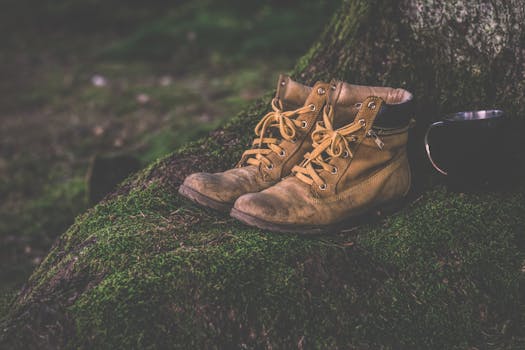Choosing the Right Trekking Boots: A Complete Guide for Beginners
When it comes to trekking, the right footwear can make or break your experience. Trekking boots are not just a fashion statement; they are essential for comfort, safety, and performance on the trails. For beginners, the plethora of options available can be overwhelming. This guide aims to simplify the process of choosing the right trekking boots by breaking down the key factors to consider.
Understanding the Types of Trekking Boots
Before diving into the specifics, it’s crucial to understand the different types of trekking boots available. Each type is designed for specific terrains and activities:
- Lightweight Hiking Boots: Ideal for day hikes and well-maintained trails. They offer flexibility and comfort.
- Mid-Cut Hiking Boots: Provide more ankle support than lightweight boots, suitable for moderate trails.
- Heavy-Duty Backpacking Boots: Designed for rugged terrains and heavy loads. They offer maximum support and durability.
- Mountaineering Boots: Built for extreme conditions and technical climbs, these boots are insulated and often crampon-compatible.
Key Features to Consider
When selecting trekking boots, several features should be taken into account to ensure you make the right choice:
1. Fit and Comfort
The most critical factor in choosing trekking boots is fit. A well-fitted boot will prevent blisters and discomfort during long hikes. Here are some tips for finding the right fit:
- Try on boots at the end of the day when your feet are slightly swollen.
- Wear the socks you plan to use while trekking.
- Ensure there is enough room in the toe box; you should be able to wiggle your toes.
- Walk around the store to test comfort and support.
2. Material
The material of the boot affects its weight, durability, and waterproofing. Common materials include:
- Leather: Durable and water-resistant but can be heavy and require a break-in period.
- Synthetic Materials: Lightweight and quick-drying, but may not offer the same durability as leather.
- Gore-Tex: A popular waterproof lining that allows breathability while keeping your feet dry.
3. Traction and Outsole
The outsole of the boot is crucial for grip and stability on various terrains. Look for:
- Deep lugs for better traction on slippery surfaces.
- A rubber compound that provides durability and grip.
- A design that suits the type of terrain you’ll be hiking on.
4. Weight
Weight is an essential consideration, especially for long treks. Heavier boots provide more support but can lead to fatigue. Lightweight boots are easier to wear but may lack support. Consider your hiking style and choose accordingly.
Testing Your Boots
Once you’ve selected a pair of trekking boots, it’s essential to break them in before hitting the trails. Here are some effective ways to test your boots:
- Wear them around the house for short periods.
- Take them on short walks or hikes to assess comfort and fit.
- Gradually increase the distance to ensure they are suitable for longer treks.
Case Study: The Importance of Proper Footwear
A study conducted by the American Hiking Society found that 70% of hikers experience foot-related issues due to improper footwear. This statistic highlights the importance of investing time and effort into selecting the right trekking boots. For instance, a group of novice hikers who chose poorly fitted boots on a multi-day trek reported blisters and discomfort, which significantly impacted their experience. In contrast, a group that invested in well-fitted, supportive boots enjoyed their trek without major issues.
Conclusion
Choosing the right trekking boots is a vital step for any beginner looking to explore the great outdoors. By understanding the different types of boots, considering key features such as fit, material, traction, and weight, and testing your boots before a long trek, you can ensure a comfortable and enjoyable hiking experience. Remember, the right footwear not only enhances your performance but also protects your feet from injuries. So take your time, do your research, and invest in a pair of trekking boots that will serve you well on your adventures.
